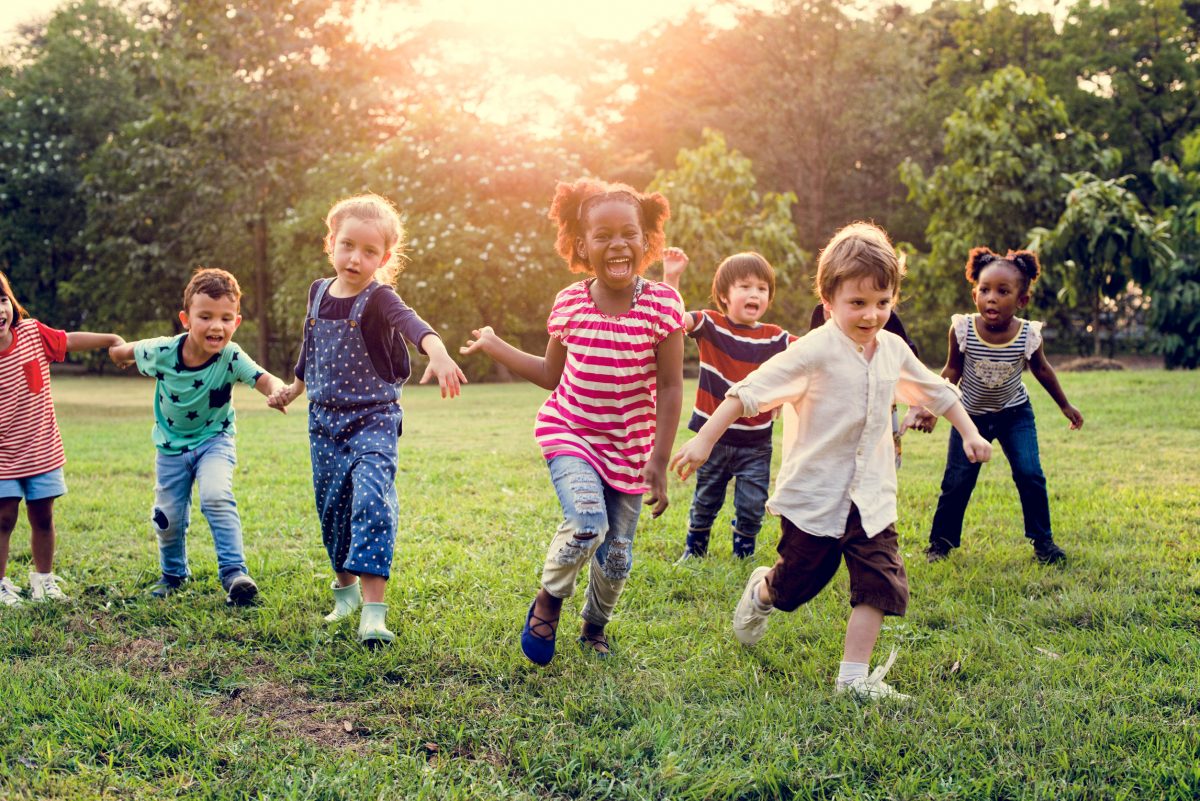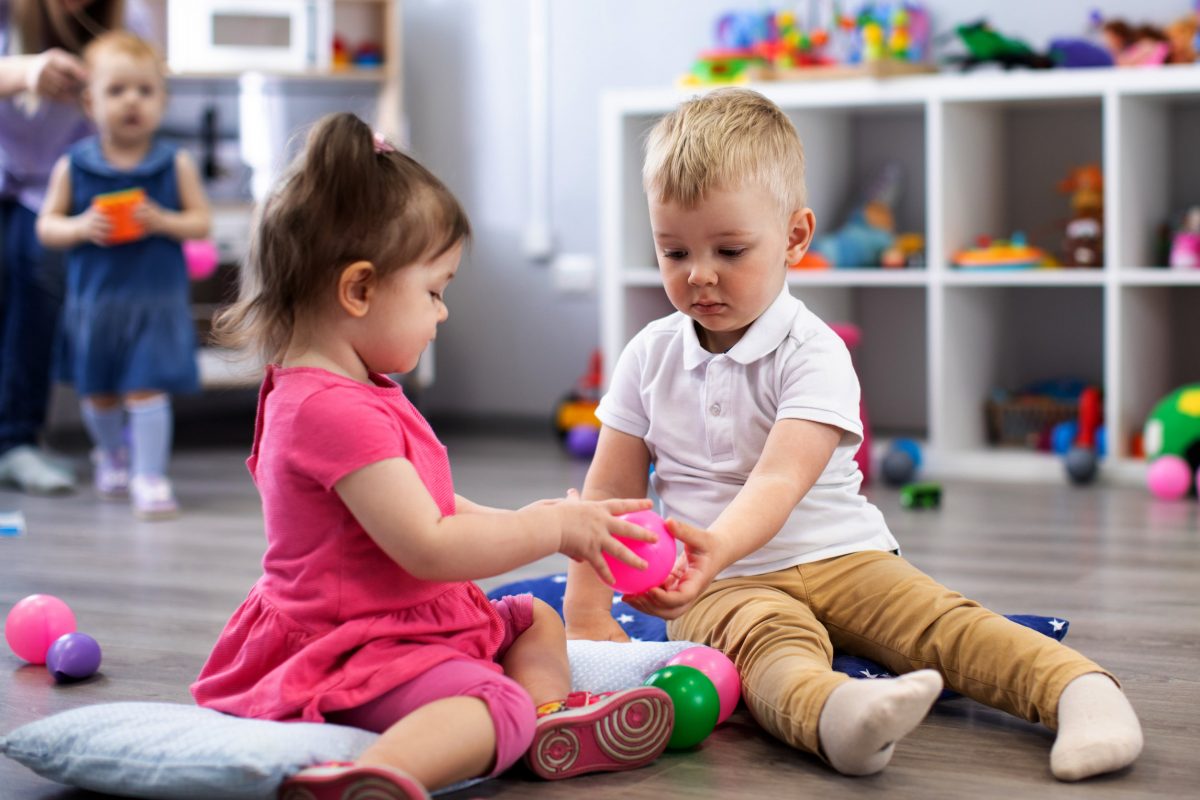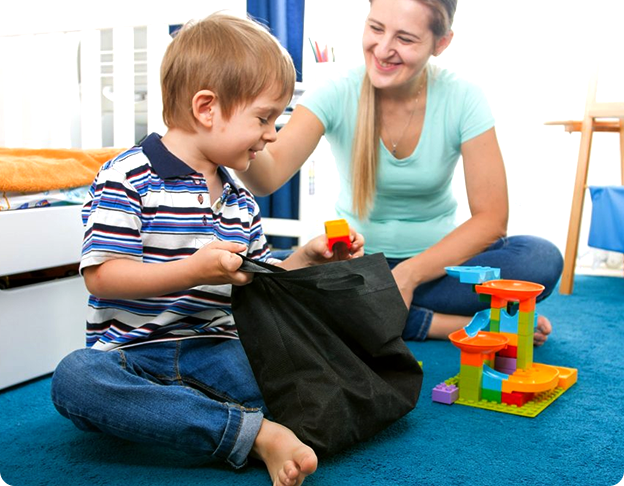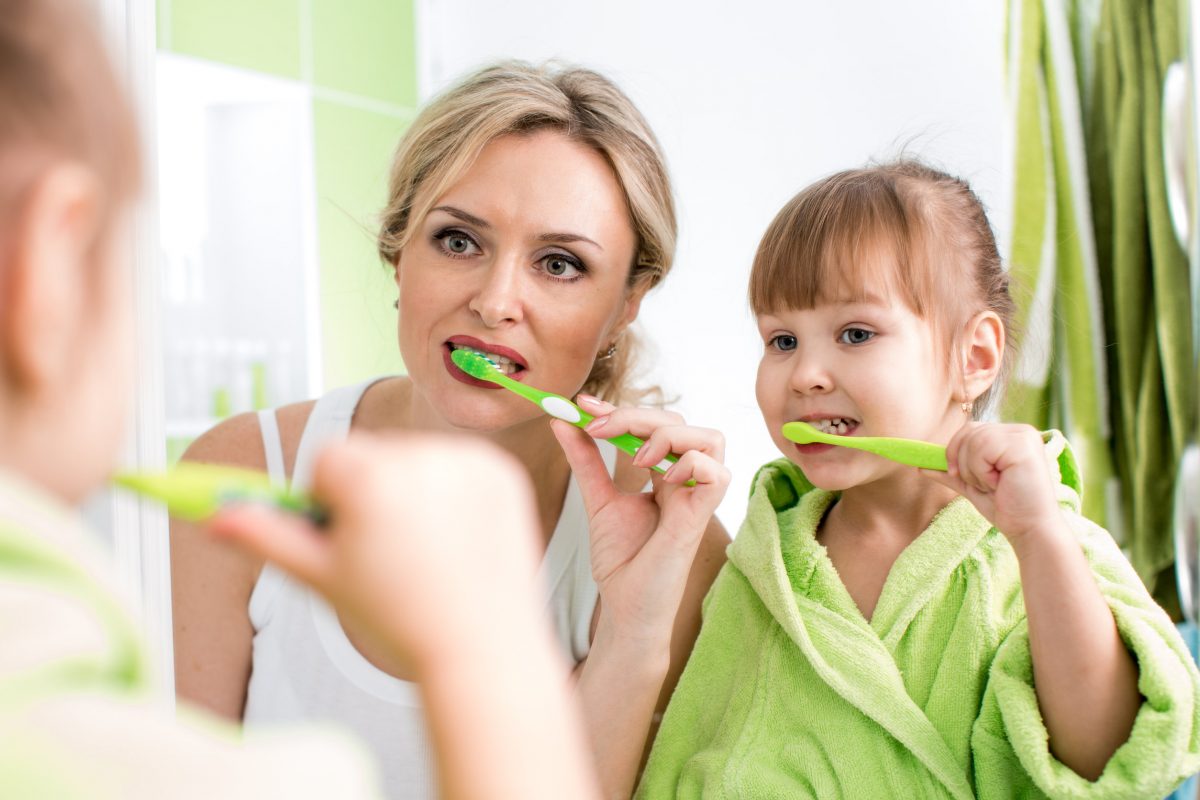Ann is a six-year-old girl with autism spectrum disorder (ASD). Ann’s mother has provided her with the training needed so that Ann can wash her own hands without assistance at home, but Ann’s teacher has reported that the skill has not transferred to the school setting. Ann’s mother may wonder why, but, if Ann’s teacher is familiar with ABA therapy, the teacher already knows that the issue involves both generalization and maintenance skills.
What Is Generalization?
Generalization is the ability of the learner to exhibit a learnt behavior outside of the instructional setting. The generalization setting should involve different in the locations, stimuli, and/or people. In the above example, Ann has not yet learned to use her handwashing skills in a different location when someone other than her mother is present. If you think about the variety of sinks you can encounter as you go about your daily life, you can begin to understand the importance of generalizing the skill.
Although it is not practical to train Ann to recognize every possible combination of soap dispensers, faucets, and towel dispensers, if Ann understands how to operate a motion-activated faucet, a dual-knob faucet, and a single-lever faucet, generalization can help her work out how to wash her hands in variety of settings. Because handwashing is a skill that Ann will repeat several times each day, it is also a good example of skill maintenance.
What Is Maintenance?
Once a skill has been mastered in the instructional phase, the next step is generalization. However, even if the learner has exhibited the ability to generalize a task, the skill can be lost unless it is practiced. Once Ann has mastered her handwashing skills during the teaching and generalization phases, she will need to continue practicing the skill. This is the maintenance phase.
Why Are Generalization and Maintenance Important?
One of the key goals of ABA therapy is to help the learner function independently in their natural environments. Therefore, Ann needs to be able to identify the appropriate steps to wash her hands in any setting. She also needs to be able to perform the steps regardless of whether she is alone, her mother is present, or other children are there. Furthermore, skills must be meaningful to make it more likely that the learner will retain them, and one way to make them meaningful is to allow the child to practice them in the natural setting. Thus, Ann needs to practice her handwashing in places she frequents, including home, school, restaurants, stores, or the homes of friends or relatives.
What Is Overgeneralization?
Basically, overgeneralization occurs when a stimulus can instigate several possible behaviors, but only one behavior is appropriate. For example, Ann has learned what a cat is, and she uses the animal’s name appropriately when given a photograph or drawing of a cat as well as when she sees a live cat or toy cat. However, through overgeneralization, she calls every four-legged, furry animal she sees a cat.
How Are Generalized Outcomes Taught?
Like other ABA techniques, generalization requires careful planning.
1. Select target behaviors that occur in the learner’s natural environment that the learner can continue to practice during the maintenance phase. The target behaviors selected should be age- and skills-appropriate. They should also offer reinforcement for the child; behaviors will typically not be maintained unless they are followed by reinforcers at least some of the time.
- Specify all variations of the desired behavior as well as the situations and settings in which the behavior should or should not occur once the instructional phase has ended.
- Choose behaviors that the child will encounter naturally in the various situations and settings identified in the second step. For example, after Ann learns to answer appropriately when her mother asks her whether she would like an apple or an orange, generalization can help her learn how to answer similar questions posed by her teacher, her grandmother, or the server at a restaurant.
- Avoid attempting to train the learner to respond to every possible situation or setting. Instead of generalizing, the learner will simply focus on the desired response to each contingency. Instead, incorporate variations in both the stimulus and the response.
- As part of the maintenance process, the teacher or parent should begin fading the prompting and reinforcement aspects. After all, the ultimate goal is to have the child know how to complete a task or behave in different circumstances and with different people without intervention. With every skill that children master in one setting and they can apply in a different setting, they take another take step towards an independent life with various skill that are socially significant in their natural environment. Generalization is the next step as a skill is mastered and essential that a skill is usable in various natural situations. As the saying goes “use it or lose it” maintenance will help ensure that mastered skills are not lost.




